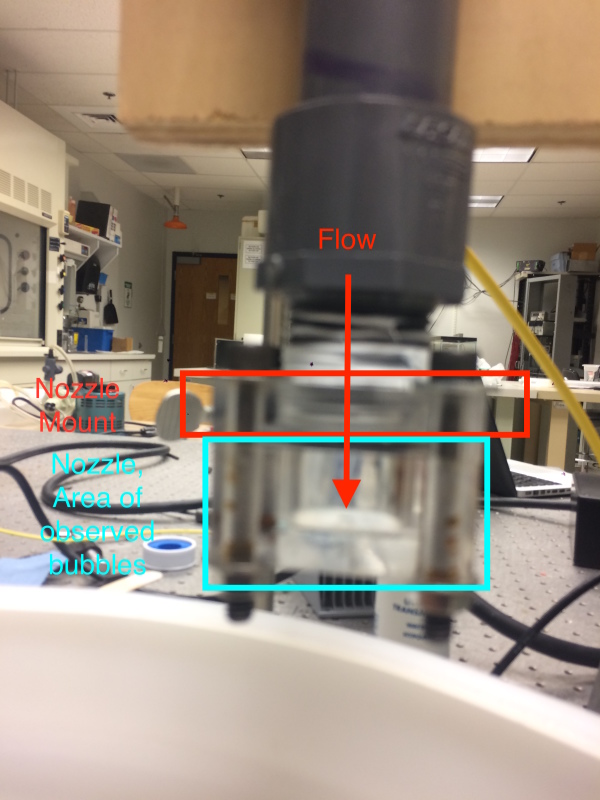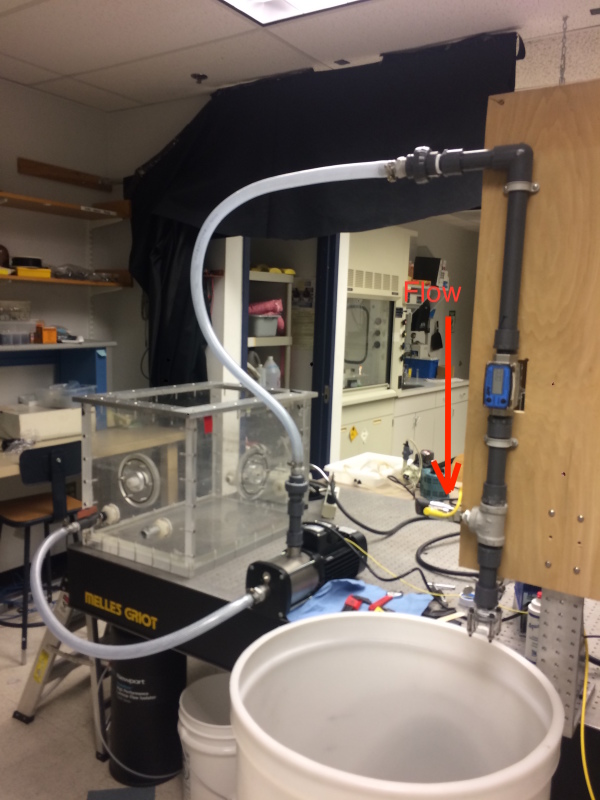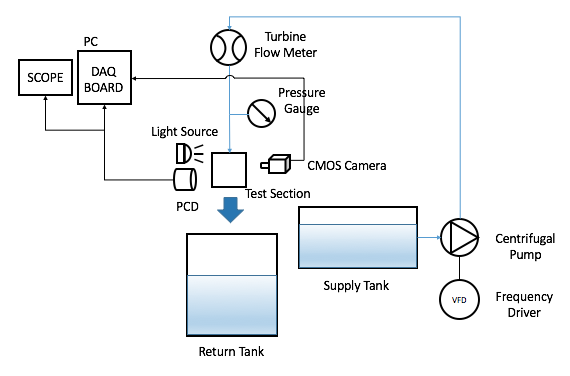Is that air above the tank supposed to be a joke?
The problem is that the hose and barb do not match. The hose also needs to be softer and more pliable than the barb.
Consider buying better quality hose and fittings, from the same supplier/manufacturer.
Designers spend a lot of time choosing the right tubing or hose for an application yet sometimes the decision on fittings or couplings receives less scrutiny. In fact, a secure and reliable connection is really determined by how well the connector and tube work together. This makes selecting the right connector just as important as tubing choice.
A hose barb is one or more continuous ridges or bumps on a connector that grips the inside diameter of a tube and seals the connection. Installing a tube on the connector expands it over the barb. As the tube relaxes to its original diameter the barb grips and seals it. For many applications, one barb on a hose connector provides 100% of the sealing and most of the holding for a tube termination.
Slope and depth of the barb, sharpness of its gripping edge, number of barbs, and their spacing all contribute to how well the fitting grips and seals. The internal diameter of the tube, flexibility of its material, and the intended application all factor into the decision on which connector to choose for the job.
Rubber hoses and plastic tubing have different levels of flexibility, which play a large part in how well a connection performs. In general, the softer the tubing, the more likely a hose barb connector is appropriate for the application. While the inside diameter of the tube determines selection of the proper connector, consider other factors as well when selecting a barbed connector.
Pull-off resistance. Pulling a tube generally makes it contract and grab the barb tighter.
When the barb is too sharp and the tubing is soft, enough pulling and vibration can cut the tube material and cause leaks. On the other hand, a shallow or rounded barb mated with stiff tubing may be too easy to pull off.
Blow-off resistance. Spikes in pressure can make tubes expand, potentially loosening their grip on the barb. For high-pressure applications, the shape and arrangement of barbs and the relative flexibility of the tubing determines how the connection will perform under expansion of the tubing material.
Ease of installation. Shape and placement of barbs on connectors combined with tube flexibility determine the force required to terminate (remove) a tube. More important, if it is too difficult to push a tube over the connector, the tube may not be installed correctly and may leak.
It is tempting to conclude that more barbs on a connector provide better holding and sealing power. This is not always true. Many things work together to determine the quality of the connection between a hose barb and tubing. The sharpness of the barb, parting lines, surface finish, and the barb angle contribute to the quality of the connection. Failing to optimize these aspects will result in a poor connection, regardless of the number of hose barbs used.
There are cases where the number of barbs is important and this is more a factor of the application than the specific number of hose barbs. For example, connectors for biopharmaceutical manufacturing or chest drains use extremely flexible, soft silicone tubing and may work best with a single hose-barb design. However, that same single barb will not work as well in an application using reinforced hose or a stiffer tubing in which the ID of the tubing does not sufficiently relax around the barbs. In this case, multiple well made barbs with sharp edges provide more holding force and a more secure connection.
While the hose barb effectively grips the inside of the tube, ties (or clamps) provide an extra measure of holding power from the outside. The decision to use ties depends on tubing material, system pressure, and environmental conditions. For tubes without memory, ties or clamps are often necessary. Tubing that has been repeatedly installed and removed over one or more barbs and is no longer elastic enough to relax behind a barb will also require a tie. When pressures and temperatures are unknown, or vibration is an issue, ties are an important element for connecting tubes to connectors.
On the other hand, with higher quality materials such as braided tubing, or in a range of pressure systems, ties may not be necessary. In these cases, the hose barb provides more than enough blow-off and pull-off resistance.
There is a downside to ties. If installed incorrectly, ties can actually induce leaks. When a tie-type clamp is cinched too tightly on a soft tube, it can lift the tube away from the connector and open a leak path. Securing a tie over the portion of tubing that is stretched directly over a barb can degrade the seal enough to cause leaks or reduce pressure.





